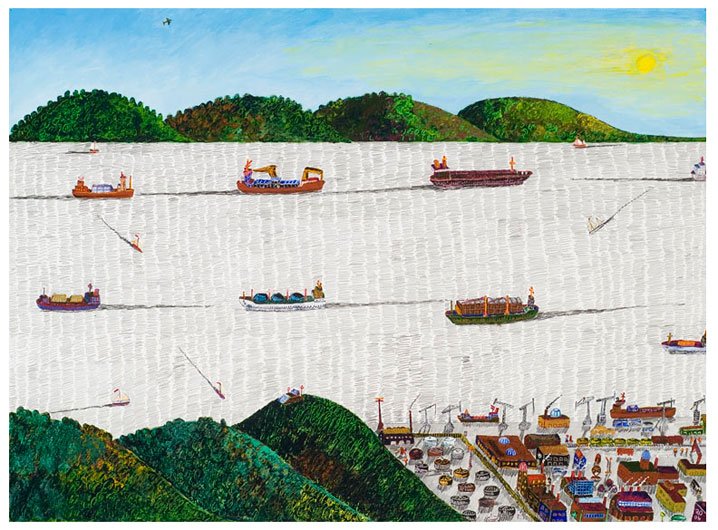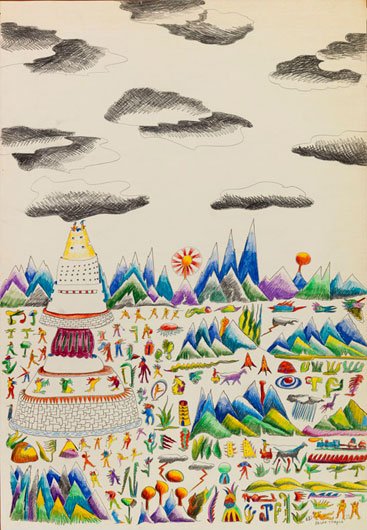Robert Donley





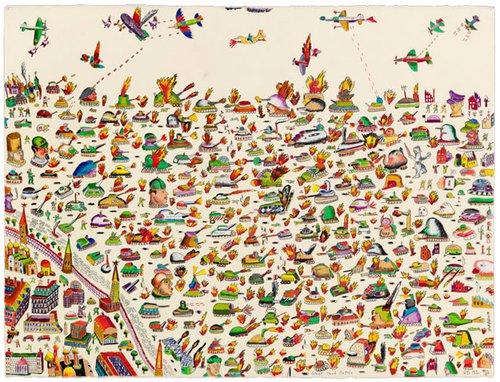
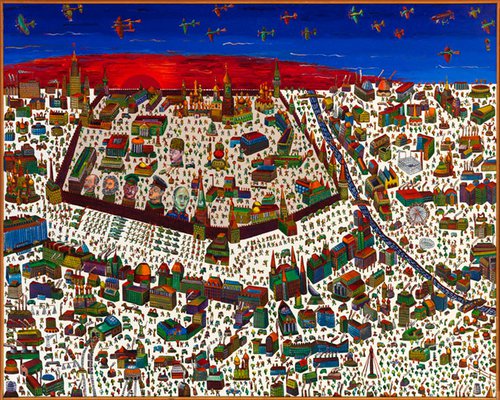

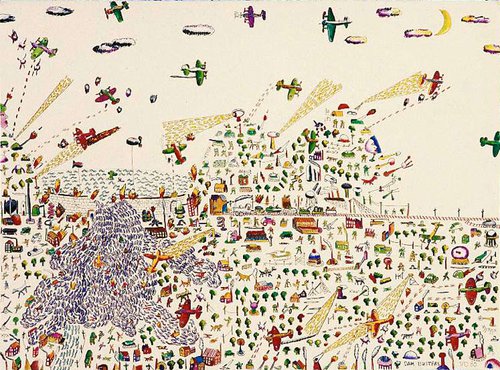




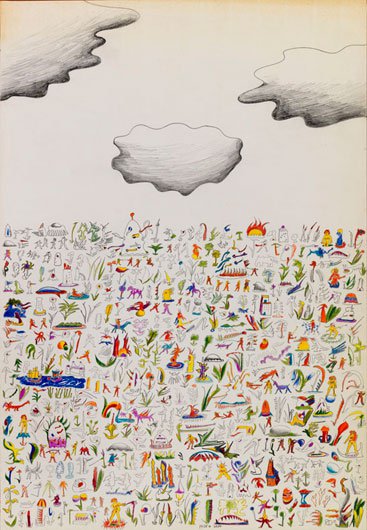








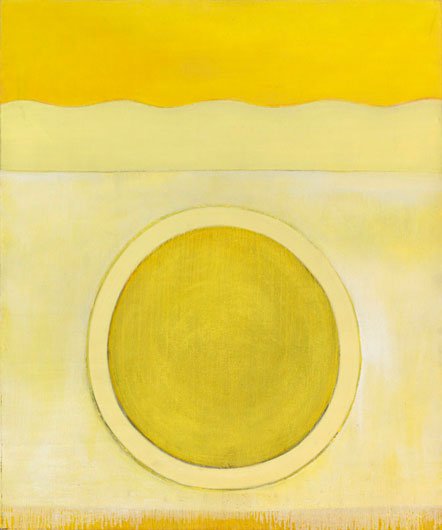


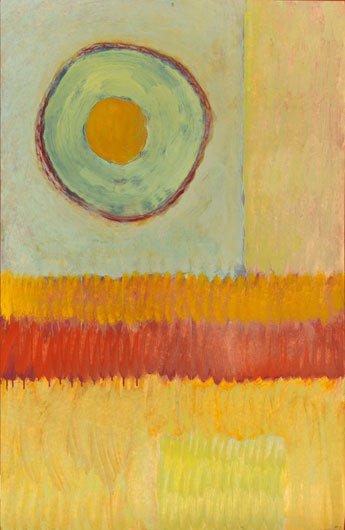


BIO
b. 1934
Lives and works in Portland, Oregon.
Robert Donley was born in Cleveland, Ohio, and came to Chicago to receive a BFA in 1960 and an MFA in 1966 from the School of the Art Institute. For almost 40 years, beginning in 1967, Donley taught in the art department at DePaul University until moving to Portland, Oregon in 2008. His work is included in the collections of the National Museum of American Art, First National Bank in Chicago, DePaul University, and Mobil Oil Corporation in New York.
Known for his huge landscape paintings full of hundreds of tiny people, Robert Donley is one of Chicago’s great figurative expressionists, crafting a unique and wholly personal aesthetic since the middle 1960s. However, an entire arena of Donley’s work was never seen in the Windy City: his color-field paintings. Donley left Chicago for half a decade starting in 1959, moving to Los Angeles, where his work shifted from the abstract expressionist orientation that had been cultivated at the Art Institute of Chicago. Working in the same milieu out of which California’s post-ab-ex community arose, including such figures as Robert Irwin, Ed Moses, and Billy Al Bengston, Donley exhibited his large-scale abstractions at Paul Plummer Gallery and in exhibitions at the L.A. County Museum. Elegant and often highly geometrical, they absorb influences from Josef Albers to John McLaughlin, tempering a hard-edged tendency with brilliant painterly touches, all quite thinly painted in vivid colors. A series of exuberant works on paper from his first year in L.A. show the influence of the California light on the Midwesterner – like the paintings Miyoko Ito executed on the West Coast, Donley’s palette shifted to a soft, saturated, more organic, deeply warm set of dominant colors.
Donley returned to Chicago in 1964 to re-enter the School of the Art Institute, destined to build on a very different set of images, though his preoccupation with searing colors and the landscape format have persisted. By the 1970s Donley began to investigate more historical themes, painting his first landscapes populated by crowds of tiny figures. In 1980, at his first solo exhibition at Monique Knowlton Gallery in New York, he exhibited a series of these paintings depicting major wars of the twentieth century – scenes that are simultaneously apocalyptic and hilarious. Donley’s contemporary work continues his fascination with the city, with their God’s-eye views of all of the buildings, trees, animals, rivers, cars, and people, both anonymous and recognizable, that populate urban life.
Curriculum Vitae
PDF - Robert Donley CVExhibitions
- Robert Donley & Seymour Rosofsky September 24 - 28, 2024
- Hubcap Diamond Star Halo Corbett vs. Dempsey at Twenty September 14 - November 2, 2024
- EXPO Chicago 50 Years: 1968-2018 September 27 - 30, 2018
- Small Sculpture September 8 - October 14, 2017
- Robert Donley Personal Universe June 28 - July 20, 2013
- Robert Donley Red Sun, Black Moon: the LA Paintings, 1959-1964 February 20 - March 28, 2009
- Big Picture : A New View of Painting in Chicago (Chicago History Museum) August 3 - October 20, 2008
- Full Frontal a Dirty, Lewd, Erotic Show July 14 - August 26, 2006
- New Acquisitions & Gallery Artists with Susan Frankel in the East Wing January 13 - February 12, 2006



